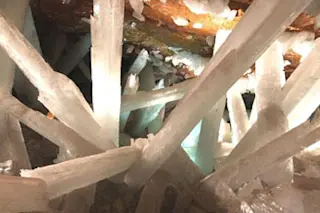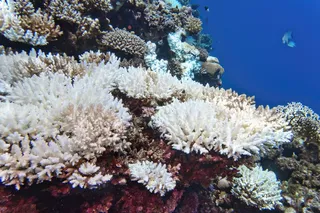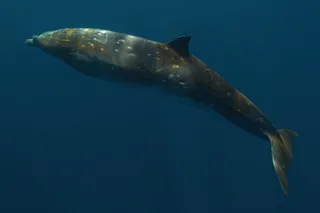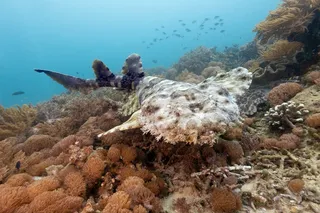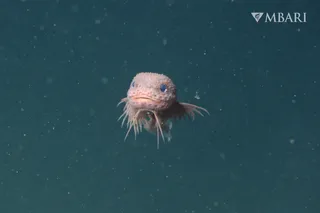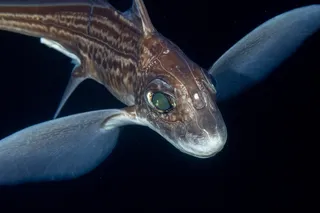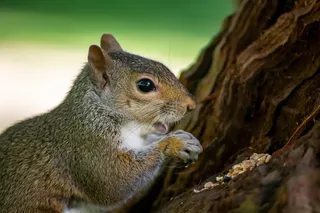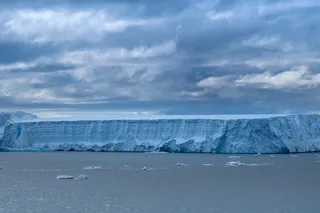The 36-foot-long beams of gypsum in Mexico’s Cave of Crystals are the largest exposed crystals on earth. Now Spanish crystallographer Juan Manuel García-Ruiz has awarded them another record: They exhibit the slowest crystal growth ever measured.
The cave’s stable temperature and mineral content fostered slow but steady growth for a million years or more. Such conditions may be ideal for crystals, but not for those studying them. “You’re in the house of Superman,” García-Ruiz says of the 110 degree, 99 percent humidity chamber. “But if you stay for half an hour, you die.”


